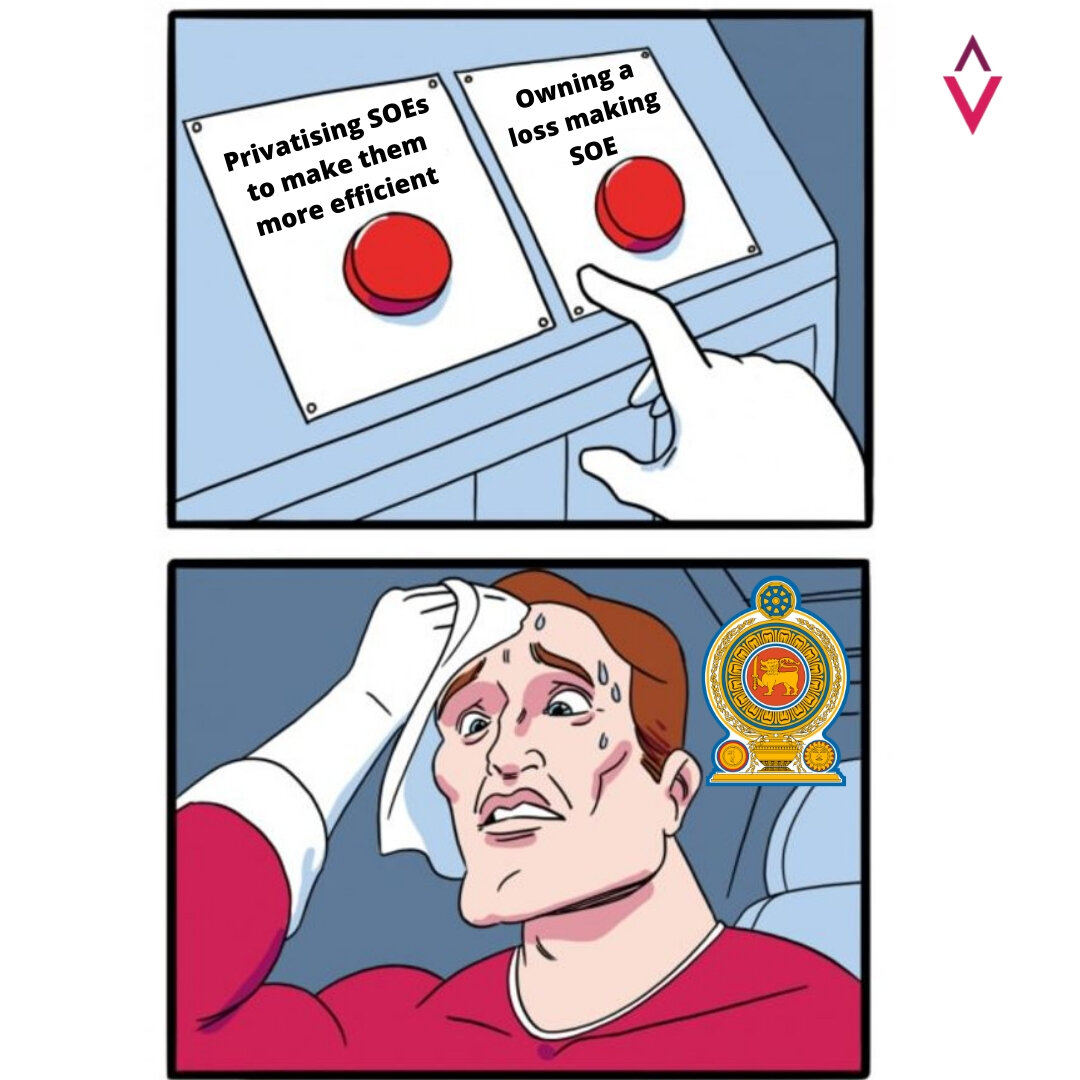By Dhananath Fernando
Originally appeared on the Morning
Dr. Sharmini Cooray, one of the Advisors to the Sri Lankan Government regarding the IMF, at the 73rd Oration at the Central Bank made an interesting comment, “Lots of Sri Lankans say nothing works in Sri Lanka. That’s not true. Things work well for a small group of people”.
Unfortunately Sri Lankans do not understand how things are set up to work for a small group of people. The common narrative is that corrupt individuals created the system we are in today, but the stark reality is that the economic system has been set up in a way to incentivise corruption for individuals. Misdirected anger is then projected on individuals forgetting that the system itself creates the corrupt individuals. This is not to say that the individuals are completely absolved of responsibility, a part of the responsibility is on the individual, yet without fixing the system we cannot fix individuals.
Below are a few examples of how the current system works for corruption.
Last week the President as the Minister of Finance issued a Gazette notification to increase the Special Commodity Levy (SCL) from Rs.0.25 (25 cents) per Kg to Rs.50 per Kg overnight. The problem here is twofold; it creates the possibility for corruption that incurs a cost to the consumer but also ensures that the government loses tax revenue.
Information symmetry
Information symmetry or availability of information for all players in the market is very important. As the finance minister increases the tariff by almost 5000% if one importer gets to know of this decision before it is enacted he can easily import adequate stocks for about a year early at Rs. 25 cents per Kg before the festive season. The other players' prices now simply become uncompetitive because their 1Kg of sugar has to be at least higher than Rs. 49, given the tariff rate imposed overnight. As a result the small and medium sugar importers will be wiped out of the market as they simply cannot compete where one or few players have already imported enough stocks at 25 cents tariff and now the rest have to import at Rs.50 per Kg tariff rate. That is how things are made to work only for a small group of people. One of the main criticisms for the Gotabhaya Rajapaksa Government was that the sugar scam was done in a similar manner.
Most importantly the tariff increase on sugar will not generate revenue for the government because adequate sugar has been already imported. After about a year it is just a matter of another gazette notification to the finance minister to bring the tariff back to 25 cents and claiming that the relief has been provided to the betterment of the poor people. So ultimately a selected group of people are just getting benefited with the support of the politicians. The truth is the loss tariff revenue will be collected from the poverty stricken by increasing the indirect taxes such as VAT.
This is one reason this column constantly highlighted the need for keeping a simple tariff structure with menial deviations among HS codes as well as over a period of time. This is just one way of how things are only getting worked out for a selected group of people.
As a result the public builds a bad perception with a misunderstanding of markets that all businesses are run on the same operating system. The truth is the system affects other businesses very badly because of not having a level playing field.
The solution is to change regulation where any tariff lines cannot be imposed just by the minister of finance. It ideally has to go through parliament and keep the tariffs on HS codes simple and consistent. The more we keep it complicated the more we incentivise corruption.
The need for a competitive system has to be institutionalized. The best governance system is making sure competitiveness remains stable. We can only do that by removing laws empowering policy makers that further information asymmetry and provide more power to the people so the market system continues.
Tax shenanigans
Not only have we increased SCL by 5000%, our VAT has also been increased by 3%. When we observe the VAT rate changes, the threshold changes over the last 5 years is very concerning. By doing so we have violated the tax principle of “Stability” by changing things often. When we make one mistake at the beginning, retroactively correcting it is not easy. The VAT increase may have come to compensate for the 20,000 salary hike for the 1.5 million government employees. To make things politically digestible, an attempt may be to increase the VAT before the budget as a press release and announce a big salary increase for government employees as victory. On top of it there vehicle permits and so many perks are the system of how things are making well for a small group of people.
The simple truth is to make governance work, we have to make market works. Governance is the system of making markets work and making a level playing field. The moment we deviate from markets there is no way we can keep the governance going.





